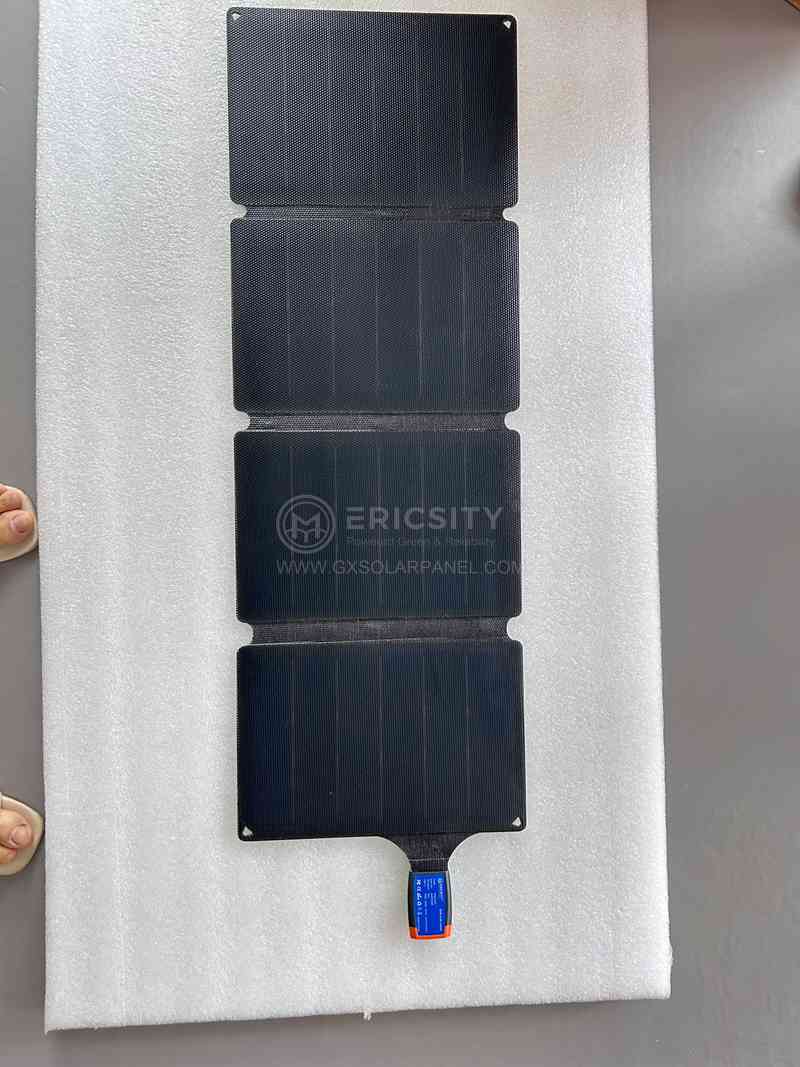HOT PRODUCT
Product Details
The Science Behind Foldable Solar Cells: How They Work
Title: The Science Behind Foldable Solar Cells: How They Work
Introduction (100 words):
Foldable solar cells, also known as flexible solar panels or rollable solar panels, have emerged as a breakthrough technology in the field of renewable energy. These innovative devices offer the ability to generate electricity from sunlight while being lightweight, portable, and adaptable to various applications. In this article, we explore the science behind foldable solar cells, elucidating their structure, working principles, and potential applications.

Structure of Foldable Solar Cells (150 words):
Foldable solar cells are typically composed of several layers, each playing a vital role in the conversion of sunlight into electricity. The main layers include a flexible substrate, transparent conductive electrode layer, active material, and protective coating. The flexible substrate, generally made of a thin polymer material, provides the necessary flexibility for the solar cell to be folded or rolled. On top of the flexible substrate lies the transparent conductive electrode layer, often made of indium tin oxide (ITO), which allows the transmission of sunlight while acting as an electrical contact.

Working Principles (300 words):
The active material layer is the heart of foldable solar cells, responsible for converting sunlight into electricity. These solar cells usually employ a thin-film approach using amorphous silicon, cadmium telluride (CdTe), or all-organic materials as the active layer.
When sunlight hits the active layer, photons are absorbed, exciting electrons and creating electron-hole pairs. These charges are then separated due to the internal electric field across the active layer, generated by the different energy levels of the materials involved. The electrons are collected by the conductive electrode and transferred to an external circuit, creating an electric current. Meanwhile, the holes are transported through the active layer to meet the transparent electrode and complete the electrical circuit.
Foldable solar cells are often designed with multiple cells connected in either series or parallel to increase their voltage or current output, respectively. This arrangement allows for higher power production while maintaining foldability.
Potential Applications (150 words):
Foldable solar cells offer versatility in terms of applications, owing to their portable and flexible nature. One of their primary uses is in portable electronics, such as smartphones, tablets, and wearable devices, enabling the self-sufficiency of these gadgets by integrating solar charging capabilities. Additionally, foldable solar cells can be integrated into backpacks, tents, or clothing, providing renewable power on-the-go during outdoor activities.
The military and aerospace industries also benefit from foldable solar cells, where they are utilized in remote monitoring systems, unmanned aerial vehicles (UAVs), and in space missions. These cells can be easily transported to remote locations, allowing for portable power generation while minimizing logistical challenges.

Conclusion (100 words):
Foldable solar cells represent a remarkable development in renewable energy technology, offering lightweight, portable, and flexible solutions for power generation. With their unique structure and working principles, these devices enable a wide range of applications from personal electronics to military and aerospace systems. As research in foldable solar cells continues, we can expect further advancements in their efficiency, affordability, and integration into various aspects of our everyday lives, contributing to a more sustainable future.
Word Count: 700 words.




